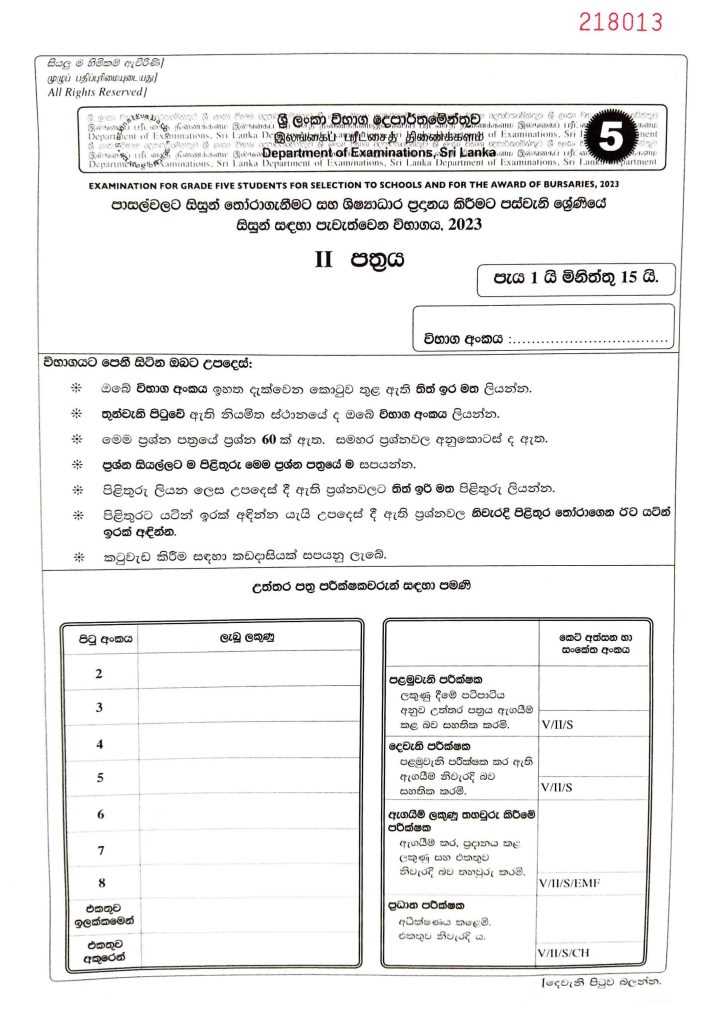
Preparing for assessments requires a strategic approach to expressing your knowledge clearly and concisely. The ability to communicate ideas effectively under time constraints is essential for success. Proper planning and organization can significantly impact the quality of your responses.
Understanding the key points of each question and structuring your thoughts logically can lead to more coherent and relevant responses. Ensuring that every part of your reply addresses the query fully helps avoid unnecessary errors and omissions.
Time management is also critical, as it allows you to dedicate enough attention to each task while maintaining a steady pace throughout the process. By focusing on these techniques, you will be better equipped to produce high-quality responses that showcase your understanding of the subject matter.
Exam Paper Answer Guide
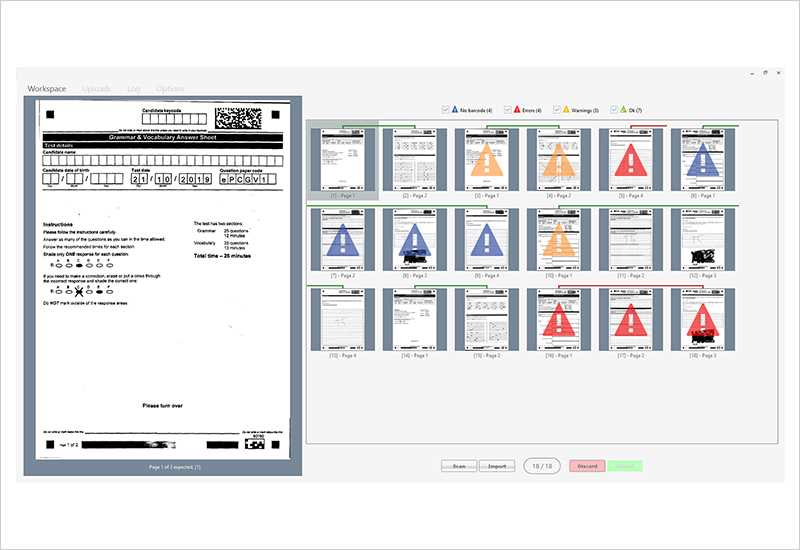
Mastering the art of providing clear and concise responses is key to excelling in assessments. Whether you are asked to elaborate on a topic or select the correct option, your ability to express your knowledge effectively will determine your success. Structuring your thoughts and addressing each question carefully ensures you are communicating your understanding in the most efficient way.
To begin, it’s important to break down each question into its core elements. Identify what is being asked and ensure your response covers all the necessary points. Avoid drifting into unrelated details or overly long explanations that may detract from the main idea.
Another crucial aspect is organizing your response in a logical manner. Whether it’s a short response or a detailed discussion, your ideas should flow clearly. Use paragraphs to separate different points and ensure each one builds upon the previous. A well-organized response makes it easier for the reader to follow and understand your argument.
Understanding the Exam Question
Grasping the full meaning of the task at hand is essential for crafting a well-thought-out response. Without a clear understanding of what is being asked, it’s easy to miss key points and provide irrelevant or incomplete answers. The first step is always to carefully analyze the question before writing anything.
Breaking Down the Query
Start by identifying the main components of the prompt. Look for keywords and action verbs that will guide your response. For example, if the task asks you to “analyze,” “compare,” or “describe,” make sure you know exactly what these terms require.
- Analyze: Examine the topic in detail and explain its components or implications.
- Compare: Highlight the similarities and differences between two or more subjects.
- Describe: Provide a detailed account of a process or concept.
Clarifying the Scope
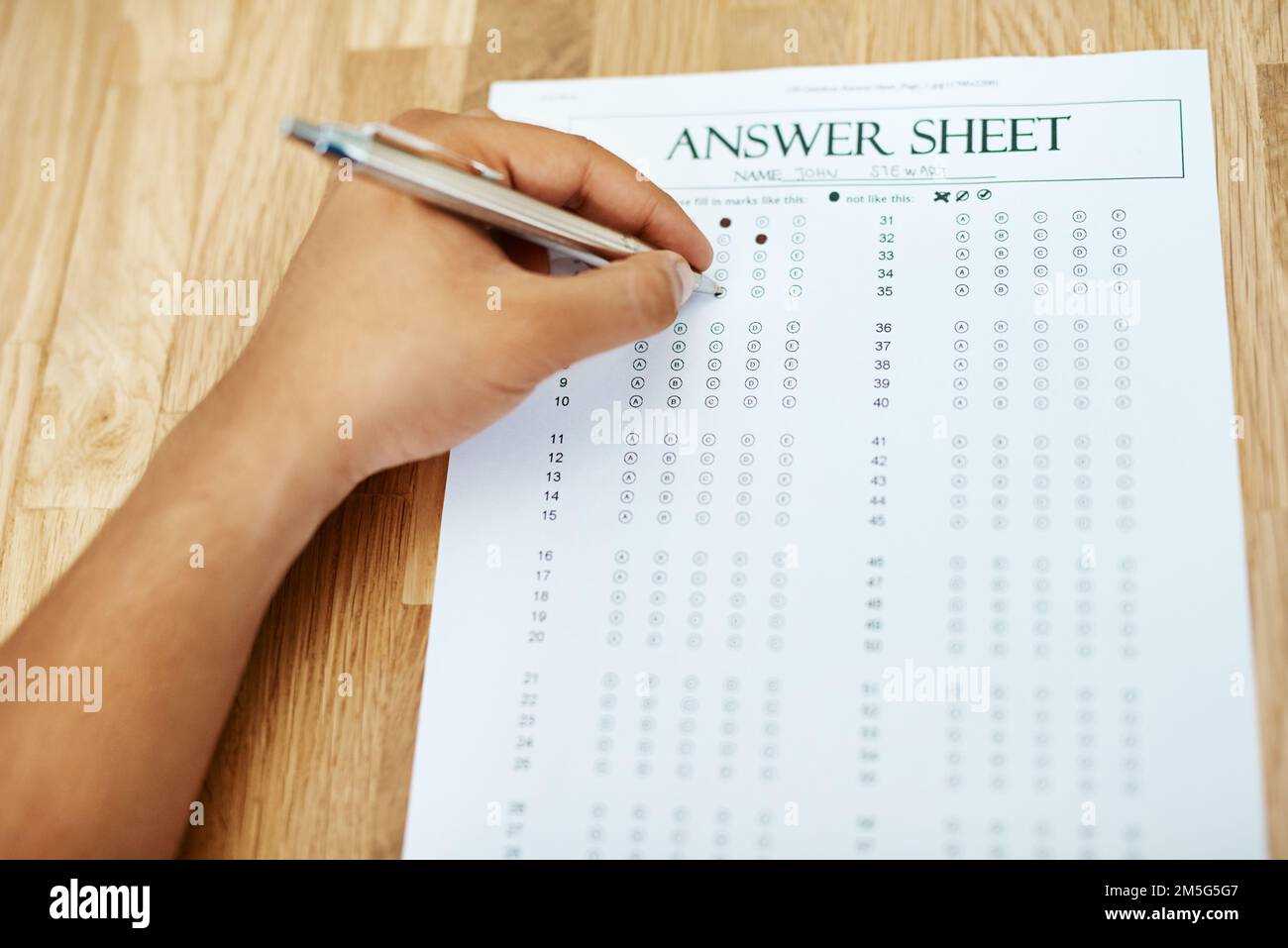
Once you’ve identified the key instructions, think about the scope of your response. Are you being asked to cover a broad topic, or should you focus on specific aspects? If the task seems vague, narrow it down by considering the most relevant points that directly address the question.
- Ensure you know how much detail to provide.
- Focus on answering what is specifically being asked, without going off-topic.
By carefully interpreting the question, you set yourself up for a clear, targeted, and well-organized response that directly addresses the examiner’s expectations.
Organizing Your Thoughts Before Writing
Taking the time to plan and organize your ideas before you begin writing is crucial for crafting a coherent and well-structured response. Clear thinking leads to a more effective and focused reply, ensuring that your points are addressed logically and concisely. Skipping this step can result in confusion and disorganization in your response.
Creating a Rough Outline
Start by jotting down the main points you want to address. A brief outline helps you visualize the structure of your response and ensures that you stay on track. This can be done through bullet points or a simple list of ideas.
- Identify the key aspects of the question.
- List the main points you plan to discuss.
- Organize them in a logical sequence that flows naturally.
Prioritizing Important Information
Once you have your outline, it’s important to prioritize the most relevant information. Focus on the key concepts that directly answer the question, and avoid including unrelated details that may dilute the impact of your response.
- Start with the most critical points.
- Provide supporting evidence or examples where necessary.
- Leave less important or secondary details for the conclusion.
By taking the time to organize your thoughts, you ensure that each part of your response builds upon the previous one, creating a clear and logical flow of ideas.
Time Management for Exam Responses
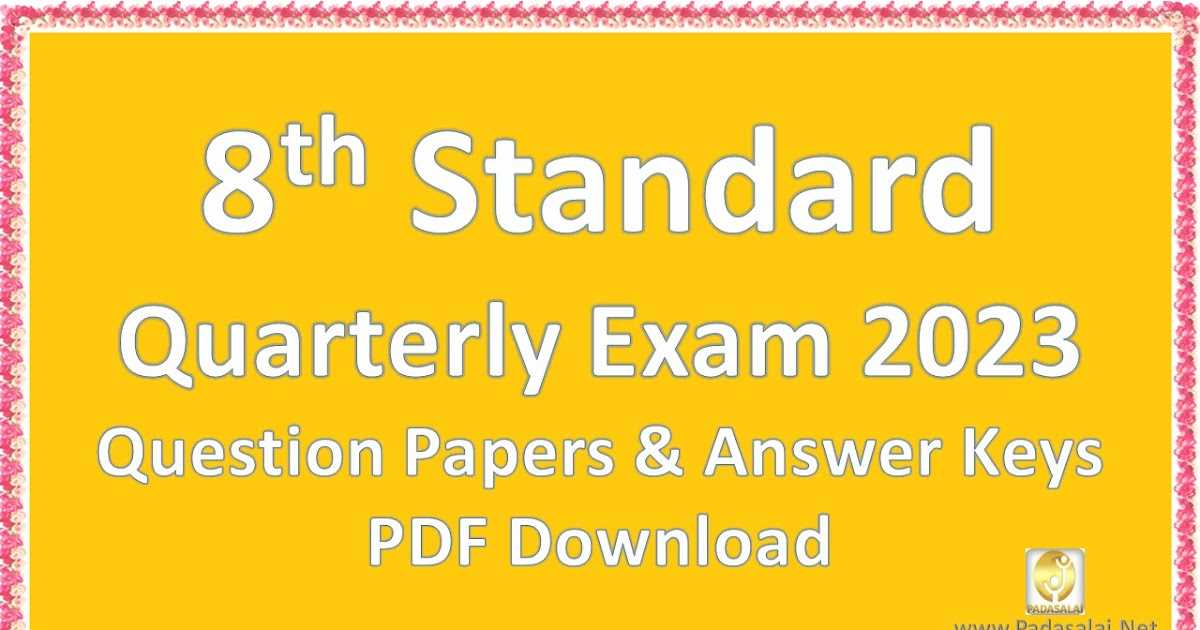
Efficiently managing the available time during assessments is essential for completing tasks accurately and thoroughly. Without a clear strategy, it’s easy to spend too much time on one section and risk not completing others. Proper allocation of time ensures that you can address all the questions with the attention they deserve.
Start by estimating how much time you should spend on each task based on its complexity and length. Allocating time wisely for each part will help you stay focused and organized throughout the process.
| Task | Estimated Time |
|---|---|
| Short-Answer Questions | 5-10 minutes |
| Medium-Length Responses | 15-20 minutes |
| Long-Form Essays | 30-45 minutes |
In addition, consider using time checkpoints. Set a timer or look at the clock regularly to make sure you are sticking to your time limits. If you find yourself spending too long on a single section, it’s important to move on and return to it later if time allows.
By managing your time carefully, you can ensure that every task is given the proper amount of attention and that you have enough time to review your work before submitting it.
How to Structure Your Responses Effectively
Organizing your thoughts and responses in a clear and logical manner is key to communicating your ideas effectively. A well-structured reply allows the reader to follow your argument easily, while a disorganized one can confuse or detract from your main points. Structuring your content in a clear and methodical way not only strengthens your message but also demonstrates your understanding of the subject.
Start with a Clear Introduction
Begin by clearly stating the main idea or thesis of your response. This provides the reader with a roadmap for what to expect and sets the tone for the rest of your reply. A strong introduction should be brief but impactful, outlining the key points that will be discussed.
Key tips for a strong introduction:
- Address the question directly and clearly.
- Set the context for your argument or explanation.
- Keep it concise and focused.
Develop the Body with Key Points
The body of your response should include detailed explanations, examples, and evidence that support your main idea. Organize your thoughts into separate sections, each dedicated to a specific aspect of the topic. This helps ensure that your response flows logically from one point to the next.
- Use paragraphs to separate each new point or argument.
- Provide evidence, examples, or explanations to support each claim.
- Ensure each paragraph addresses a single aspect of the topic.
Remember, clarity is crucial. Avoid long, complex sentences and instead aim for simplicity and precision. End the response with a brief conclusion that summarizes the main points and reinforces the core message. This helps to tie everything together and leaves the reader with a clear understanding of your argument.
Techniques for Writing Clear Responses
Effective communication is the foundation of any strong response. To convey your ideas clearly, it’s important to focus on simplicity, coherence, and precision. The way you present your thoughts will determine how well they are understood, so applying certain techniques can significantly improve the clarity of your work.
One of the most important techniques is keeping sentences concise. Avoid unnecessary words or overly complex structures that can confuse the reader. Focus on delivering your message in as few words as possible while still maintaining completeness.
- Use short, direct sentences to express your points.
- Avoid jargon or overly technical language unless required.
- Be specific–general statements can lead to confusion.
Another effective approach is organizing your response into clear sections. Breaking your ideas into paragraphs helps the reader follow your logic easily. Each paragraph should cover one main idea, with the first sentence providing a brief overview of the point being discussed.
- Use transition words or phrases to connect your ideas.
- Make sure each paragraph supports the overall argument or explanation.
- Stay on topic–don’t veer off into unrelated information.
Clarity also comes from being mindful of your word choice. Avoid ambiguous terms or expressions that could be interpreted in multiple ways. Instead, opt for precise language that leaves little room for doubt. The more direct you are, the easier it will be for the reader to understand your thoughts.
Avoiding Common Mistakes in Answers
While crafting responses, it’s easy to make mistakes that can undermine the effectiveness of your work. These errors, whether due to carelessness or misunderstanding, can detract from the clarity and impact of your reply. By being mindful of common pitfalls, you can improve the overall quality of your responses and avoid losing valuable points.
One of the most frequent mistakes is misinterpreting the question. It’s crucial to fully understand what is being asked before starting to write. Skipping this step often leads to answering the wrong question or providing irrelevant information.
| Mistake | Solution |
|---|---|
| Misinterpreting the task | Carefully read and break down the question, ensuring a clear understanding before responding. |
| Over-explaining or repeating points | Focus on being concise; avoid unnecessary details or repetition. |
| Failing to support claims | Provide relevant examples or evidence to back up your statements. |
| Writing off-topic information | Stick to the topic; stay focused on addressing the core elements of the question. |
Another common issue is failing to structure responses properly. If ideas are scattered or not logically organized, the response becomes difficult to follow. It’s important to present your points in a clear, logical order, guiding the reader from one thought to the next without confusion.
By avoiding these common mistakes, you can ensure that your response is clear, relevant, and well-organized, making it much more likely to achieve a positive evaluation.
Strategies for Answering Multiple Choice Questions
Multiple choice questions require a different approach than other types of responses. The key to success lies in recognizing patterns, eliminating incorrect options, and applying logical reasoning to select the most accurate choice. With the right strategies, you can increase your chances of selecting the correct option even when you’re unsure of the answer.
One useful strategy is to read each question carefully and focus on understanding the wording. Pay close attention to qualifiers such as “always,” “never,” “usually,” or “most likely,” as they can provide hints about which answer is most accurate.
| Strategy | Description |
|---|---|
| Eliminate obviously wrong options | Cross out choices that are clearly incorrect, narrowing down your options to make a more informed guess. |
| Look for keywords in the question | Identify specific words or phrases that match the correct answer, helping you avoid common distractors. |
| Don’t overthink | If you are unsure, go with your first instinct after eliminating any obviously incorrect choices. |
| Check for consistent patterns | If you notice that answers alternate between choices (e.g., “A” or “B”), this may help you identify the right one. |
Another important technique is to review all options before making a final decision. Sometimes, a seemingly correct answer can be outdone by another more precise or complete option. Ensure you read through all choices before selecting one.
By applying these strategies, you can navigate multiple choice questions with confidence, maximizing your chances of success even when time is limited or you’re unsure of an answer.
How to Tackle Long-Form Questions
Long-form questions require a more detailed and structured response compared to shorter, direct inquiries. The key to effectively addressing these types of questions is to break them down into manageable parts, ensuring that you address all aspects of the query while providing a well-rounded and coherent explanation.
Understand the Question Thoroughly
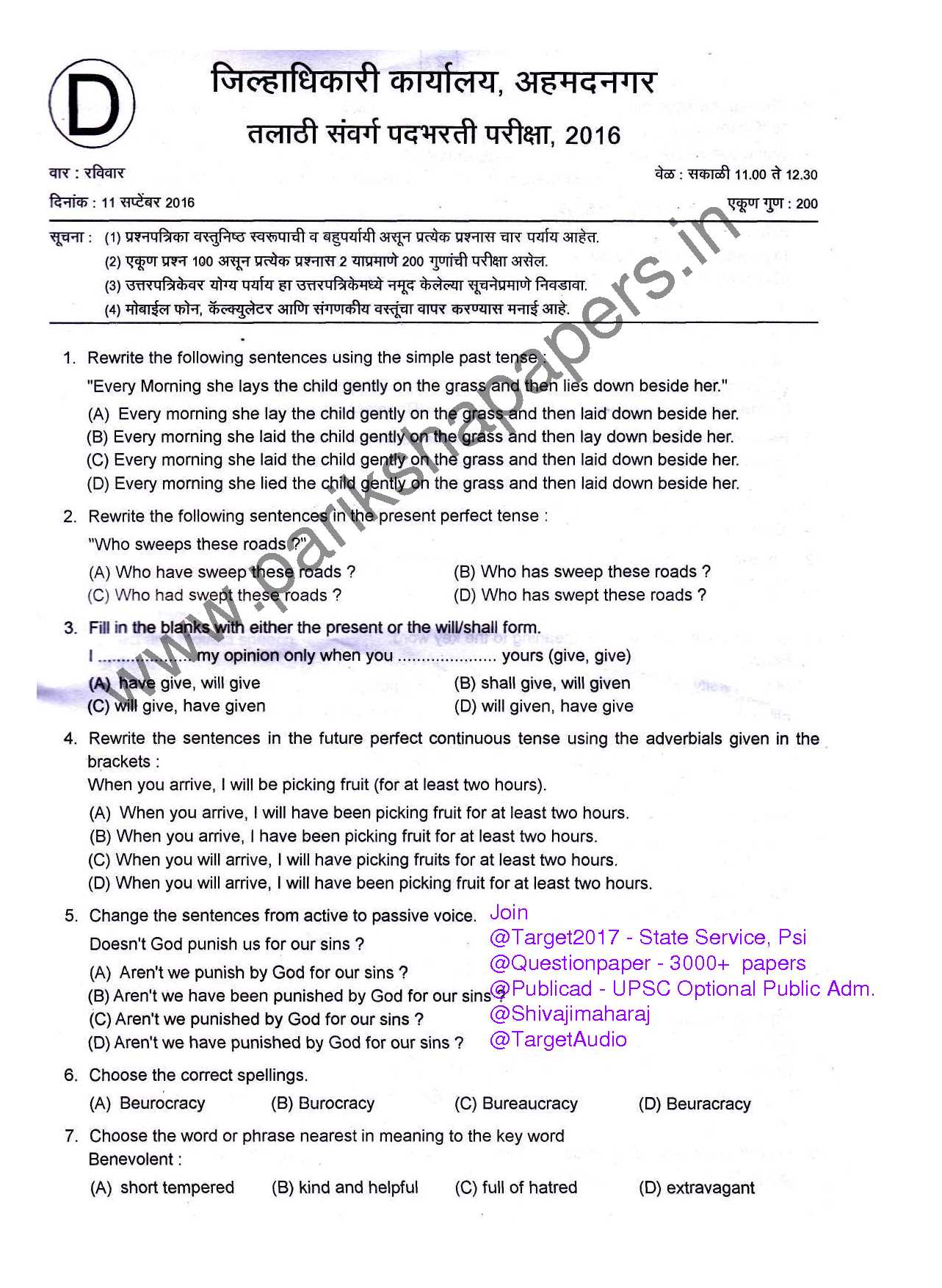
Before you begin writing, take time to read the question carefully and identify all the components that need to be addressed. Look for multiple parts or sub-questions within the main question. Highlight key terms or action words such as “explain,” “compare,” or “analyze,” as these will guide the direction of your response.
- Break the question into smaller, logical sections.
- Identify any keywords that point to the specific aspects to be covered.
- Ensure that you fully understand what is being asked before beginning to write.
Plan Your Response
Once you have a clear understanding of the question, outline the key points you need to cover in your response. Organizing your thoughts in a structured way will help ensure your answer flows logically and covers all the necessary information. Consider using bullet points or numbering to help organize complex ideas.
- Start with a brief introduction that outlines your approach to the question.
- Develop each point systematically in the body of your response.
- End with a concise conclusion that summarizes your main points.
Remember, clarity is crucial. Avoid rambling or going off-topic. Keep your response focused, and ensure each paragraph contributes to answering the question at hand. By following these steps, you can craft a well-organized and thoughtful response to any long-form question.
Making Your Responses Stand Out
To make your responses memorable and impactful, it’s essential to go beyond simply providing the correct information. What sets exceptional replies apart is the ability to present ideas in a clear, structured, and engaging manner. By incorporating specific techniques, you can make your work stand out and leave a lasting impression.
Provide Clear and Concise Explanations
Being precise and to the point is one of the most important factors for standing out. Instead of over-explaining or writing excessively long responses, focus on delivering your message in a clear and concise manner. Highlight the most relevant points and provide just enough detail to showcase your understanding.
- Use simple, straightforward language.
- Avoid unnecessary repetition of ideas or phrases.
- Present complex information in a digestible format.
Support Your Points with Examples
One effective way to elevate your responses is by backing up your points with relevant examples. Real-world applications, case studies, or even hypothetical scenarios can demonstrate a deeper understanding of the topic and make your response more compelling.
- Provide concrete examples that are directly related to the question.
- Use data or facts to support your claims whenever possible.
- Make sure your examples are clear and well-explained.
Incorporating these elements into your responses will not only demonstrate a strong grasp of the material but also show your ability to communicate ideas effectively. Thoughtful, well-supported, and organized responses are more likely to catch the reader’s attention and stand out in a sea of generic answers.
Importance of Answering All Questions
Ensuring that you address every inquiry in a test or assessment is crucial for demonstrating a comprehensive understanding of the material. Leaving questions unanswered not only forfeits the opportunity to gain points, but it can also signal a lack of preparedness or attention to detail. Even when faced with uncertainty, attempting all questions shows effort and maximizes your chances of success.
Maximizing Potential Marks
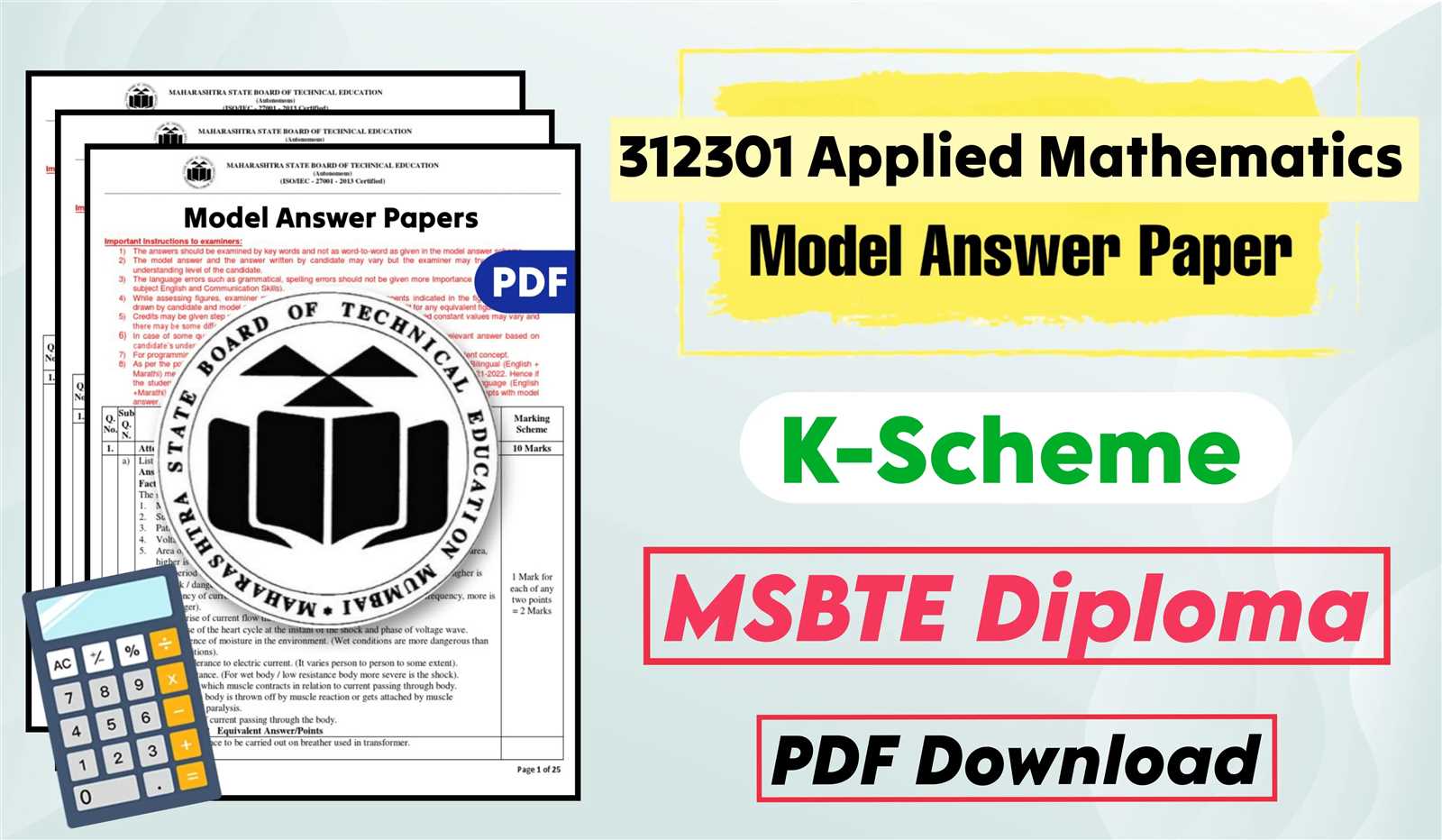
By responding to each question, you increase your chances of earning more marks. It’s essential to try even if you’re unsure of the exact answer. Partial answers or educated guesses can still contribute to your overall score. Many assessments reward attempts, and in some cases, offering a reasonable explanation or rationale can earn partial credit.
- Attempting every question can lead to unexpected points.
- Even incomplete responses can demonstrate knowledge or reasoning.
- Leaving questions blank guarantees no points.
Demonstrating Full Engagement
When you attempt all questions, it showcases your full engagement with the task at hand. It reflects a disciplined approach and ensures that no aspect of the assessment is neglected. This attitude can often be noted by assessors and may contribute to an overall positive impression of your effort.
- Committing to every question shows focus and determination.
- Attempting everything leaves a positive impression, even if some answers are imperfect.
- Completing the entire assessment demonstrates a strong work ethic.
In conclusion, answering all questions is an essential strategy for making the most of your efforts and increasing your chances of performing well. Even when uncertain, every attempt counts towards a more complete response, making it an important part of the overall approach to any assessment.
Using Evidence to Support Your Responses
In any written task, supporting your responses with credible evidence is essential for strengthening your argument and demonstrating a deeper understanding of the subject. Whether you’re presenting facts, examples, or expert opinions, evidence adds weight to your claims, making your response more convincing and well-rounded. It shows that you’re not just relying on surface-level knowledge but are engaging critically with the material.
Types of Evidence to Use
There are various types of evidence that can be used to support your responses, each serving a unique purpose. Depending on the nature of the question, choosing the right type of evidence can make your response stronger and more effective.
- Statistical Data: Provides measurable and objective information to back up your points.
- Case Studies: Real-world examples that illustrate your argument in action.
- Expert Opinions: Quotes or insights from authoritative figures in the field.
- Historical Examples: Reference to past events that support your reasoning.
How to Integrate Evidence Effectively
Simply stating evidence is not enough; it’s crucial to integrate it seamlessly into your response. The way you present evidence can either make or break your argument. Here are some strategies for doing so effectively:
- Contextualize the Evidence: Always explain why the evidence is relevant to your point. Don’t just present it–make its significance clear.
- Explain the Source: If you’re referencing an expert or study, briefly explain why this source is credible and reliable.
- Link Back to the Question: Relate the evidence directly to the question you’re addressing, showing how it supports your overall argument.
Incorporating evidence not only strengthens your responses but also helps to clarify your reasoning. When used correctly, evidence can transform a good response into an exceptional one, showcasing a thoughtful and well-researched approach to the topic.
Proofreading Your Responses
Reviewing your work before submission is a crucial step in ensuring clarity, accuracy, and effectiveness. Proofreading allows you to identify errors or inconsistencies that might detract from the quality of your responses. By carefully examining your writing, you can correct mistakes, refine your arguments, and improve overall presentation, ensuring your work reflects your best effort.
Key Areas to Focus On
- Spelling and Grammar: Check for common spelling mistakes, grammatical errors, and punctuation issues. These can often distract from the clarity of your ideas.
- Logical Flow: Ensure that your points are organized logically, with clear transitions between ideas. This helps your reader follow your reasoning easily.
- Completeness: Verify that all aspects of the question have been addressed. It’s easy to overlook a part of the prompt when writing under time pressure.
- Clarity and Conciseness: Eliminate unnecessary words or repetitive phrases. Strive for clear, concise statements that directly answer the question.
Techniques for Effective Proofreading
- Read Aloud: Reading your work out loud can help you catch awkward phrasing or sentences that don’t sound quite right.
- Take a Break: If time allows, step away from your work for a few minutes. Returning with fresh eyes can help you spot errors you might have missed.
- Use Tools: Online grammar and spell-check tools can assist in identifying errors, but be sure to double-check suggestions as they may not catch everything.
Final Thoughts – Proofreading is more than just correcting mistakes; it’s an opportunity to refine your work and ensure it meets your highest standards. By taking the time to carefully review your responses, you increase the likelihood of delivering a polished and compelling submission.
How to Stay Calm During the Test
Remaining composed during a high-pressure situation is essential for optimal performance. Anxiety and stress can cloud your thinking and reduce your ability to recall information or answer clearly. By practicing techniques to calm your mind and focus, you can approach each task with confidence and clarity.
Simple Strategies to Maintain Calmness
- Deep Breathing: In moments of stress, take a few slow, deep breaths. This helps relax your nervous system and brings your focus back to the task at hand.
- Positive Visualization: Visualize yourself successfully completing the tasks. Picture yourself answering each question with confidence, which can help ease nervousness.
- Stay Organized: Approach each section systematically. Knowing where to start and how to pace yourself can reduce the feeling of being overwhelmed.
- Focus on the Present: Avoid dwelling on difficult questions or worrying about the overall outcome. Concentrate solely on answering the question in front of you.
Building Resilience Before the Test
- Practice Regular Relaxation: Incorporate relaxation techniques into your daily routine, such as meditation or light exercise, to build resilience over time.
- Prepare Effectively: Confidence often comes from knowing you’ve prepared well. The more familiar you are with the content, the less likely you are to feel anxious during the test.
Final Thoughts – Staying calm isn’t about eliminating all stress but learning to manage it effectively. By adopting strategies to maintain your focus and composure, you can enhance your performance and approach the test with greater self-assurance.
Improving Writing Skills Over Time
Consistent practice and reflection are key to enhancing your writing abilities in any assessment environment. Whether it’s responding to questions, explaining concepts, or crafting well-structured arguments, your writing can always improve with targeted strategies and regular effort. Developing this skill over time ensures that you can express your knowledge clearly and effectively, even under time pressure.
Practice and Feedback
Improving writing skills requires both practice and constructive feedback. Regularly practicing writing under timed conditions can help you get used to the pressure, while feedback from peers or instructors allows you to identify areas for growth. Consider reviewing your past work to understand where you made mistakes and how you can refine your approach for future responses.
Building Confidence and Fluency
One of the main barriers to effective writing is self-doubt. Over time, as you become more familiar with the process and gain confidence in your ability to organize thoughts quickly, writing will become more fluent. Start by organizing your ideas before you write, and over time, this will allow you to formulate and communicate your thoughts more efficiently during assessments.
By setting aside time to practice, actively seeking feedback, and reflecting on past performances, you can steadily improve your writing skills and approach each challenge with greater confidence and clarity.